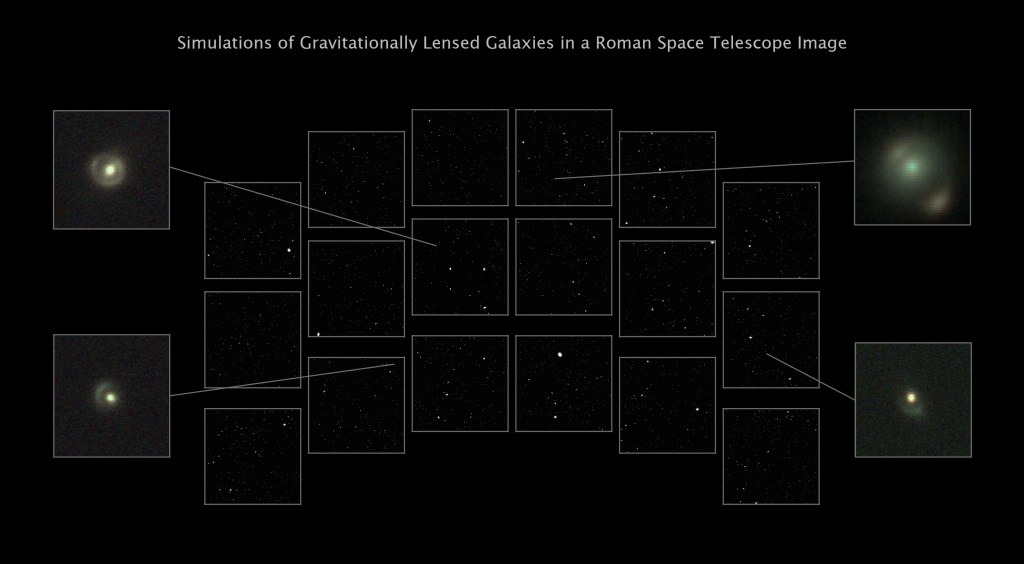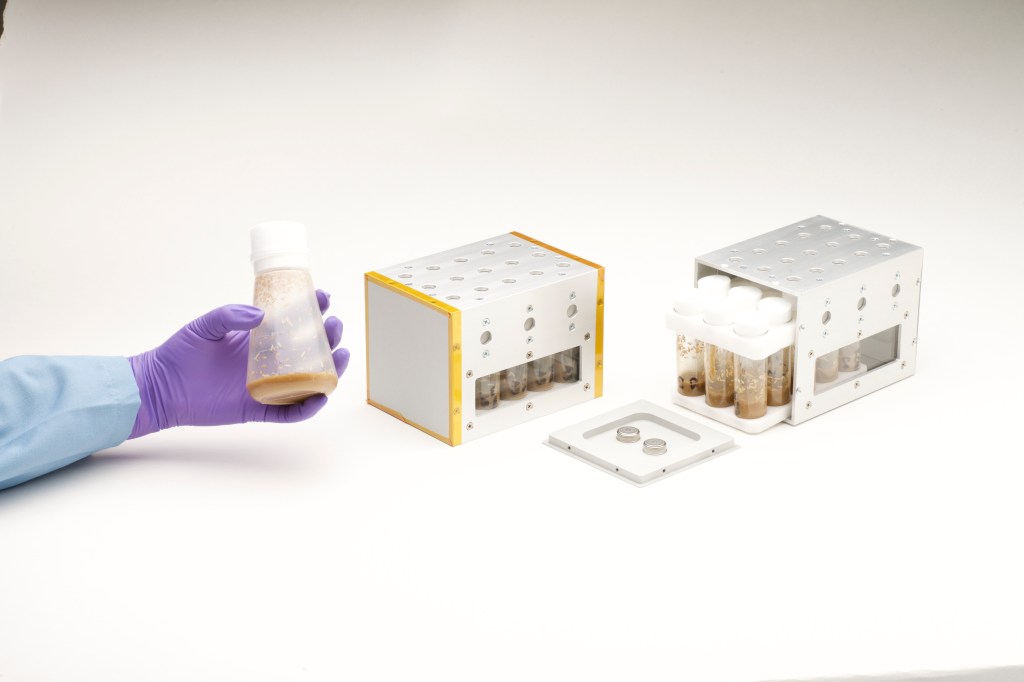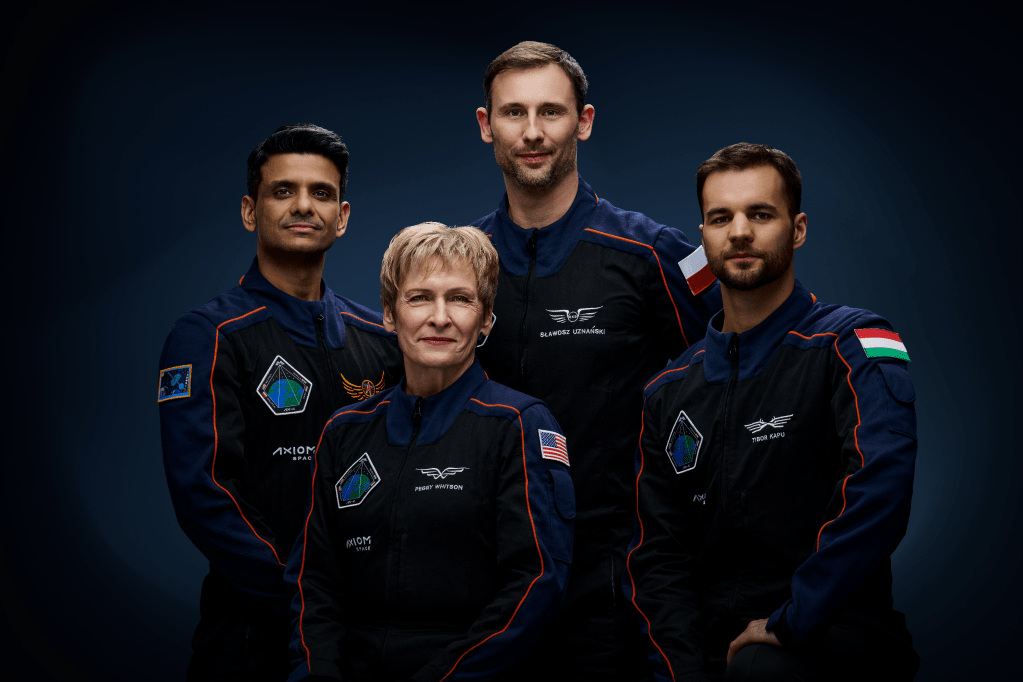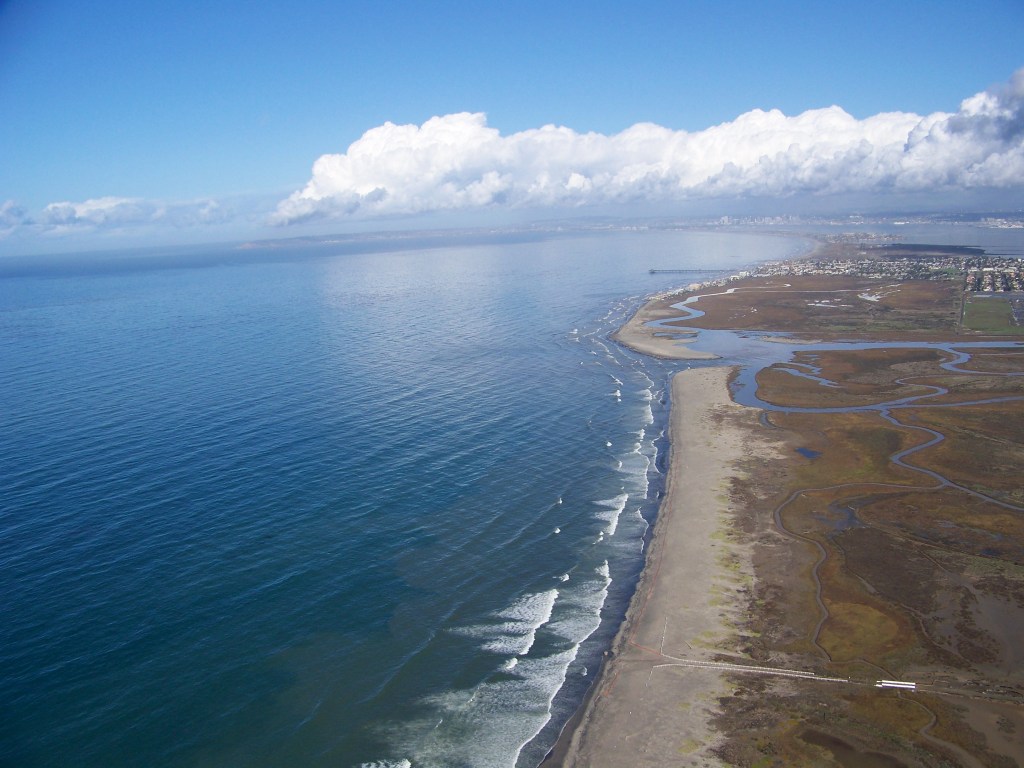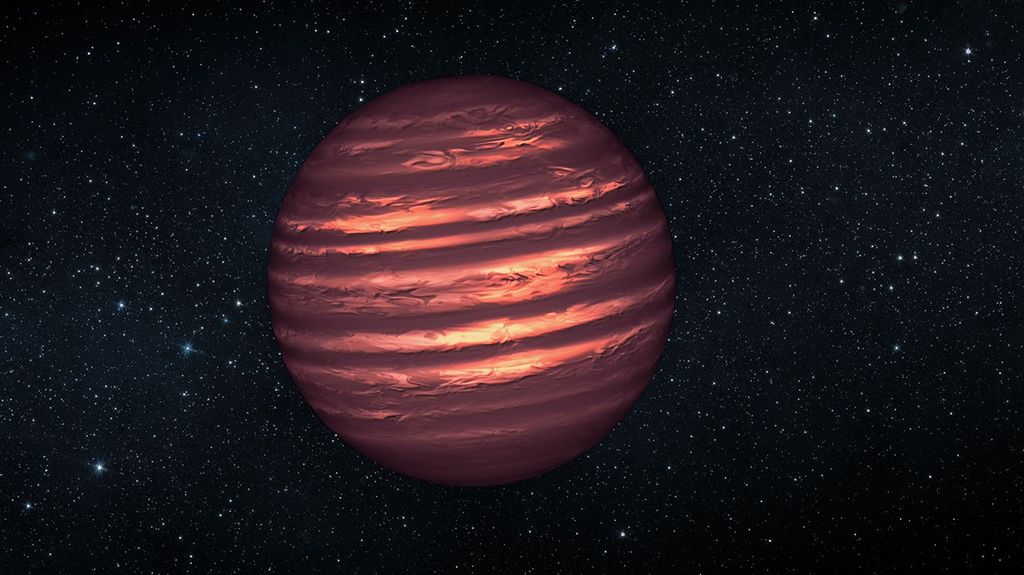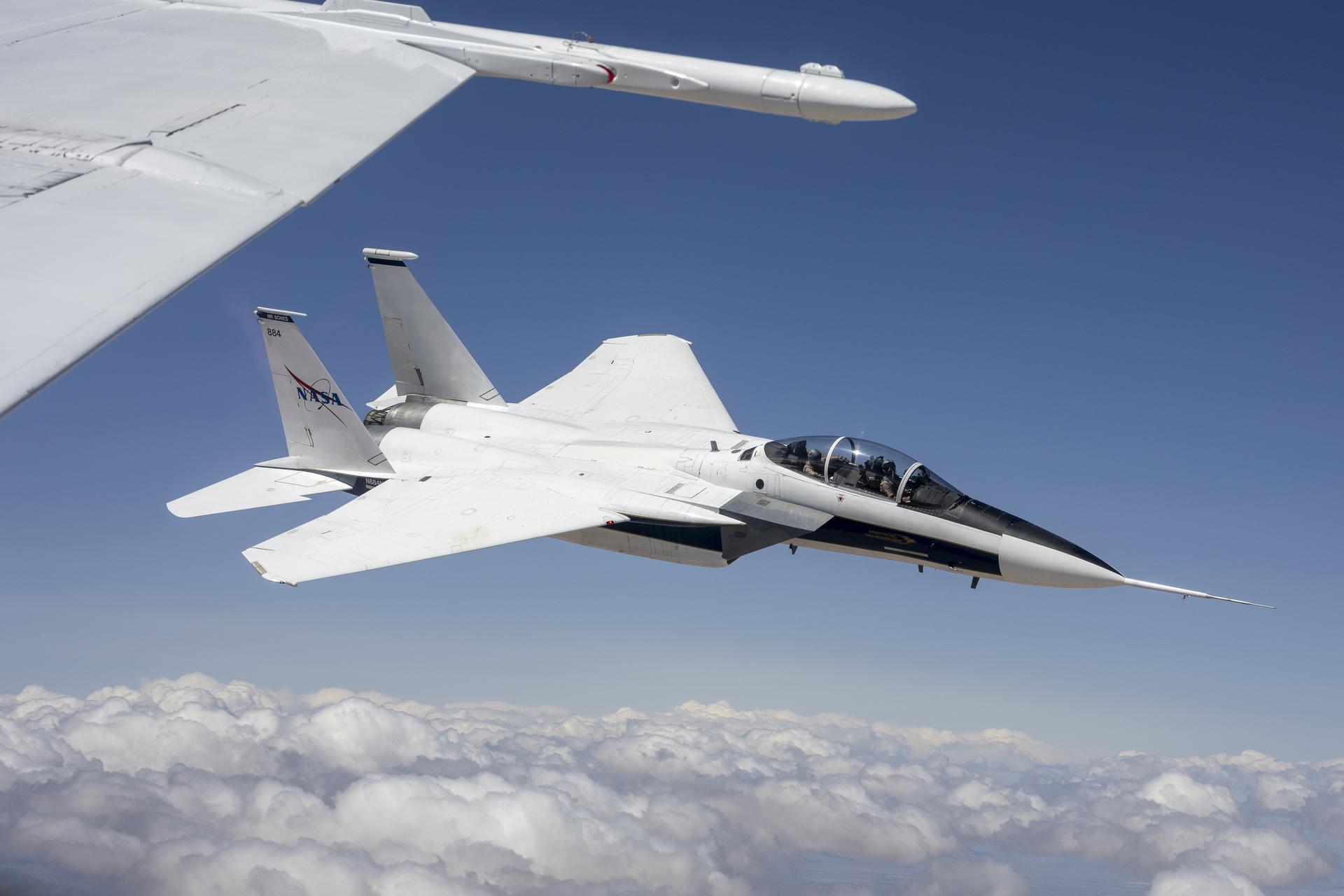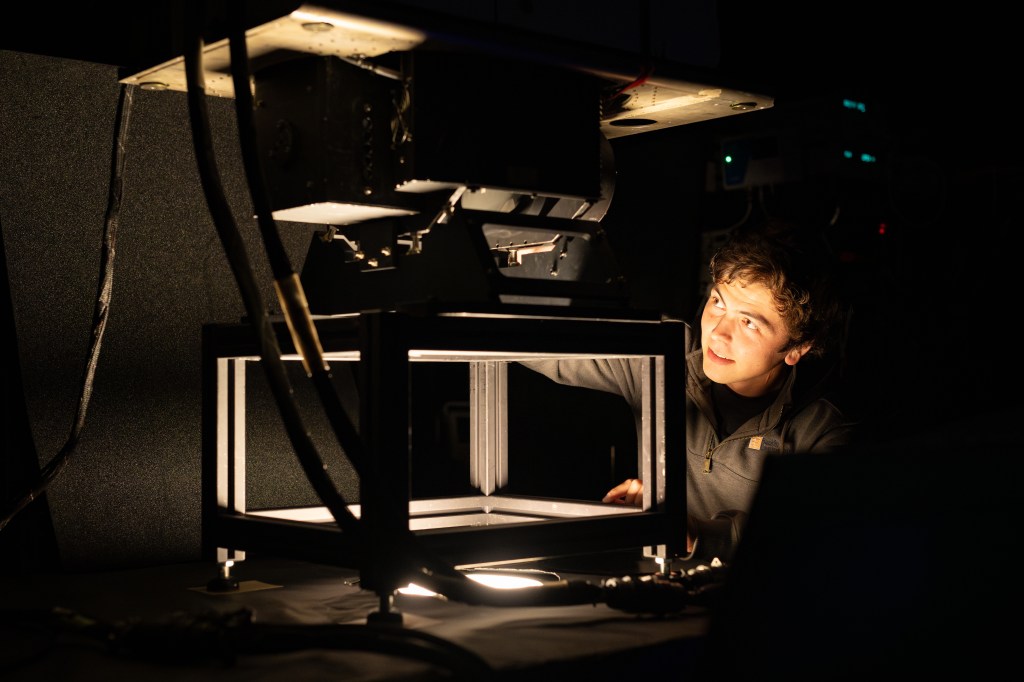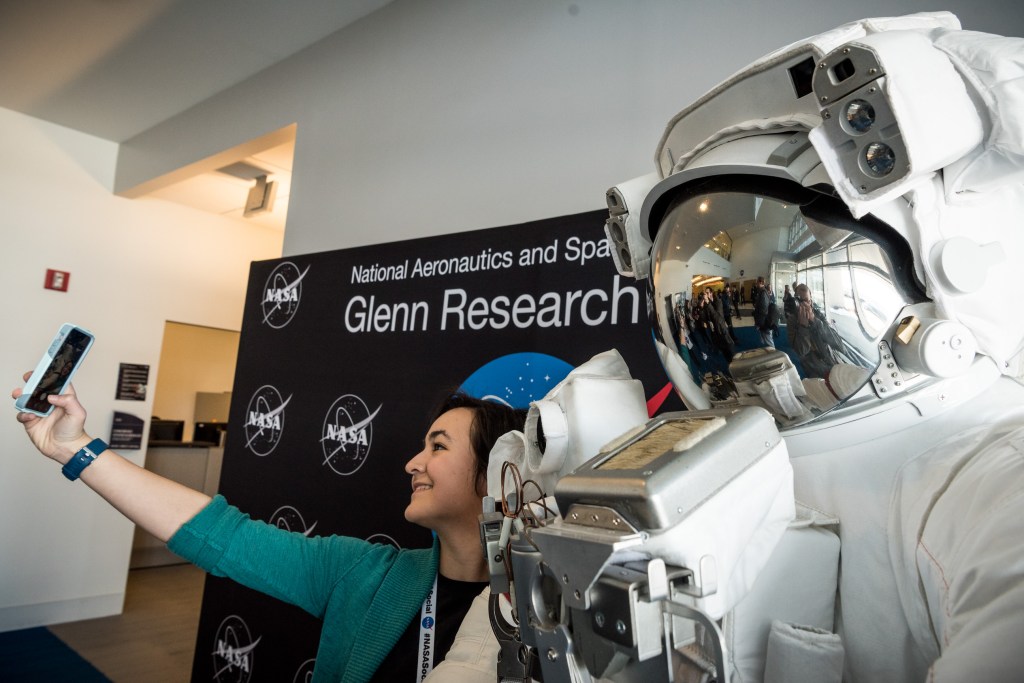Marco Quadrelli
NASA Jet Propulsion Laboratory
NIAC 2016 Phase I Quadrelli E-Glider Final Report
Description
The environment near the surface of airless bodies (asteroids, comets, Moon) is electrically charged due to Sun’s photoelectric bombardment. Charged dust is ever present, even at high altitudes (dust fountains), following the Sun’s illumination. We envisage the global scale exploration of airless bodies by a gliding vehicle that experiences its own electrostatic lift and drag by its interaction with the naturally charged particle environment near the surface. This Electrostatic Glider (E-Glider) lifts off by extending thin, charged, appendages, which are also articulated to direct the levitation force in the most convenient direction for propulsion and maneuvering. It thus carries out its science mission by circumnavigating the small body, and it lands, wherever it is most convenient, by retracting the appendages or by thruster/anchor.


